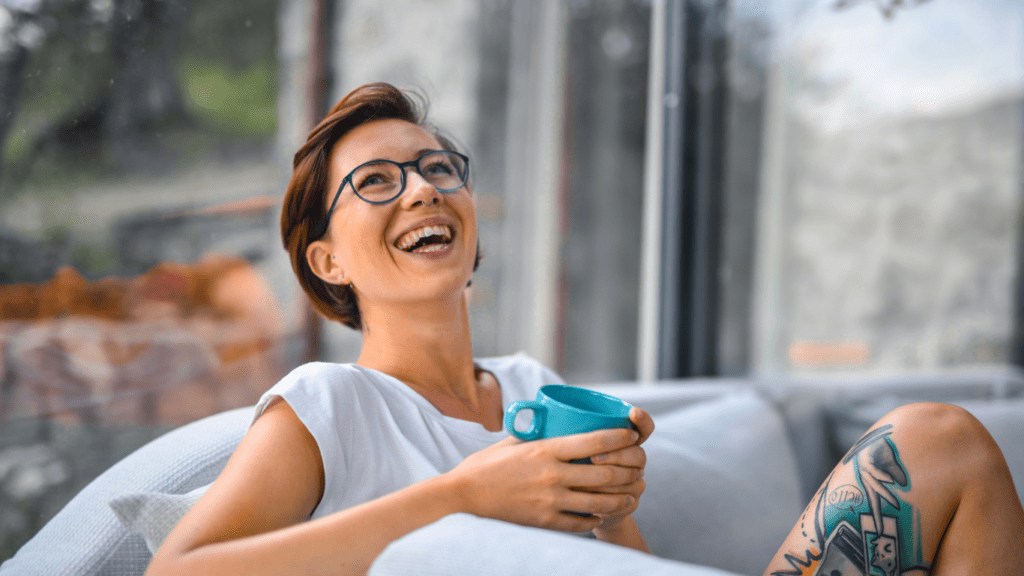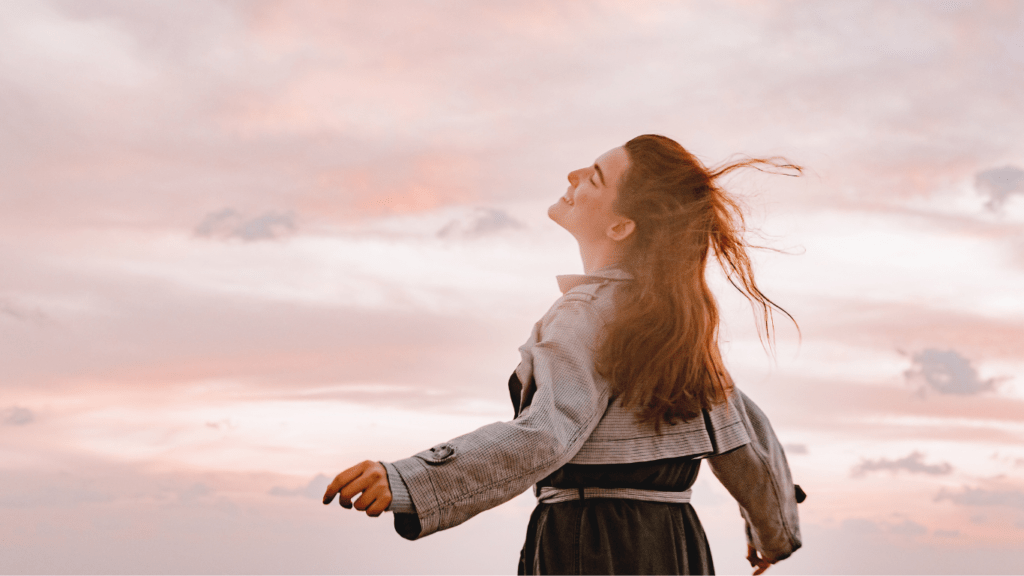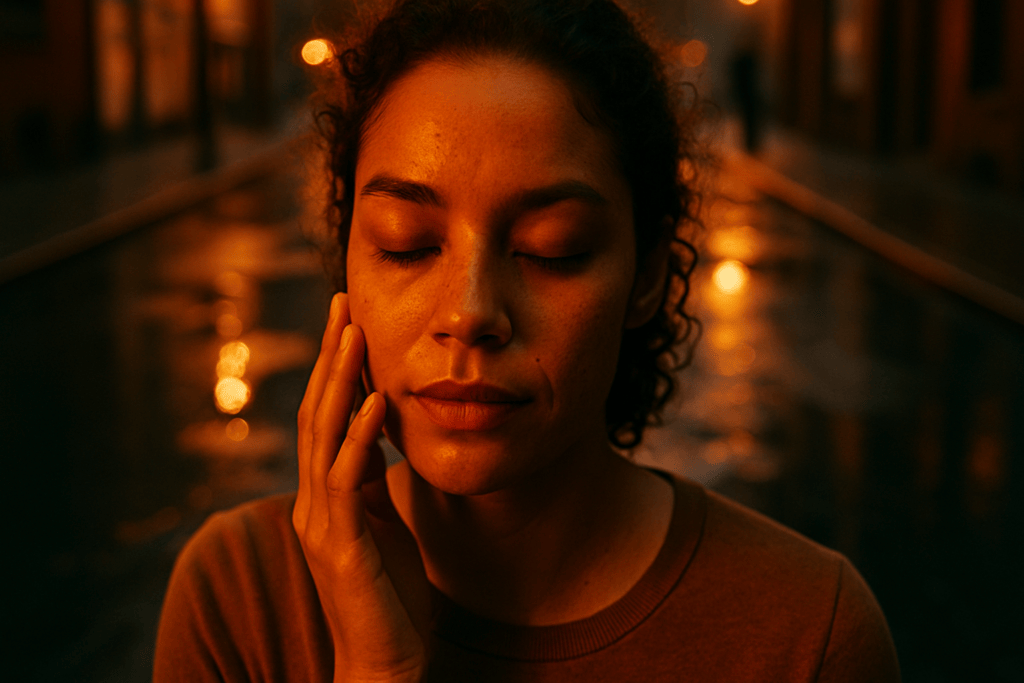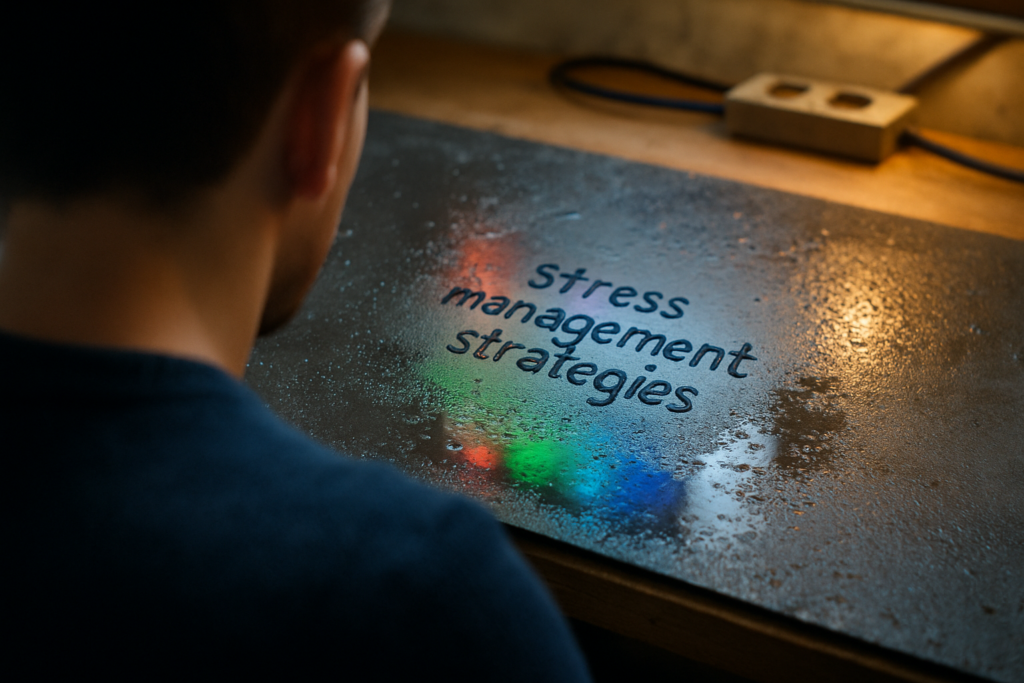Understanding Stress and Its Impact
Stress affects everyone at some point, and understanding its causes and effects can help in managing it effectively.
What Causes Stress?
Several factors lead to stress, including work pressure, financial issues, and personal relationships. Job-related stress might stem from tight deadlines or high expectations.
Financial stress often arises from debt or unexpected expenses. Additionally, personal relationships can cause stress through conflicts or misunderstandings.
Effects of Stress on Health and Wellbeing
Stress can have a significant impact on health and wellbeing. Chronic stress might lead to problems like:
- high blood pressure
- heart disease
- weakened immune response
It can also affect mental health, causing anxiety, depression, and sleep disturbances. Understanding these effects is crucial for recognizing stress and taking steps to mitigate it.
Top Relaxation Techniques for Stress Relief
Stress impacts overall wellness, so incorporating relaxation techniques is essential. Here are some effective methods to help you achieve calm.
Deep Breathing Exercises
Deep breathing exercises can reduce stress and promote relaxation. Start by sitting or lying down in a comfortable position.
Breathe in deeply through your nose for a count of four, hold your breath for a count of four, then exhale through your mouth for a count of four. Repeat this cycle several times.
Controlled breathing increases oxygen intake, which helps calm the nervous system.
Progressive Muscle Relaxation
Progressive muscle relaxation involves tensing and then releasing muscle groups in your body. Lie down in a quiet space and start with your toes. Tense the muscles for five seconds, then release for five seconds.
Move up through your legs, abdomen, arms, and face. This technique helps identify and release physical tension, promoting a state of relaxation.
Visualization Techniques
Visualization techniques utilize mental imagery to reduce stress. Find a quiet place to sit or lie down. Close your eyes and imagine a serene scene, like a beach or a forest. Engage all your senses by picturing the sights, sounds, and smells of this place.
Visualization tricks the brain into feeling calm, effectively lowering stress levels.
Benefits of Regular Relaxation Practices

Regular relaxation practices offer profound benefits, improving both mental and physical health. Let’s dive into these advantages under the following subheadings.
Improved Mental Health
Engaging in regular relaxation techniques enhances mental health. Deep breathing exercises, for example, reduce stress levels by activating the parasympathetic nervous system, which promotes calmness.
Progressive muscle relaxation decreases anxiety and improves sleep quality by reducing muscle tension. Visualization techniques help manage mood disorders by promoting a sense of peace and tranquility.
Enhanced Physical Health
Regular relaxation practices significantly benefit physical health. Deep breathing improves cardiovascular function by lowering blood pressure.
Progressive muscle relaxation alleviates tension headaches and reduces pain from chronic conditions. Visualization exercises boost immune function by reducing stress hormones.
These techniques contribute to overall physical wellbeing by mitigating the harmful effects of stress.
Incorporating Relaxation Techniques Into Your Routine
Effective relaxation techniques can seamlessly integrate into daily life. Consistent practice empowers lasting stress relief.
Finding Time for Relaxation
Scheduling relaxation is essential to combat stress. Consistency enhances effectiveness, so choose a specific time each day. Early mornings or evenings offer quieter, uninterrupted periods that promote successful routines.
- Morning routines – Opt for early hours for a peaceful start.
- Evening routines – Use evenings to unwind from the day’s stress.
- Work breaks – Integrate short techniques during work breaks to stay balanced.
Creating a Relaxing Environment
A tranquil setting enhances relaxation techniques. Dedicate a space in your home equipped with calming elements to foster serenity.
- Quiet space – Choose a clutter-free area to minimize distractions.
- Aromatherapy – Incorporate essential oils like lavender or chamomile.
- Comfort items – Use comfortable seating and soft lighting to create a soothing atmosphere.


 Nicoleeny Castrolos, the founder of Body Care And Matter, is a passionate advocate for health and wellness. With a deep commitment to improving the lives of individuals, Nicoleeny has built a platform dedicated to delivering the latest insights on men’s and women’s health, nutrition, and mental wellness.
Nicoleeny Castrolos, the founder of Body Care And Matter, is a passionate advocate for health and wellness. With a deep commitment to improving the lives of individuals, Nicoleeny has built a platform dedicated to delivering the latest insights on men’s and women’s health, nutrition, and mental wellness.

